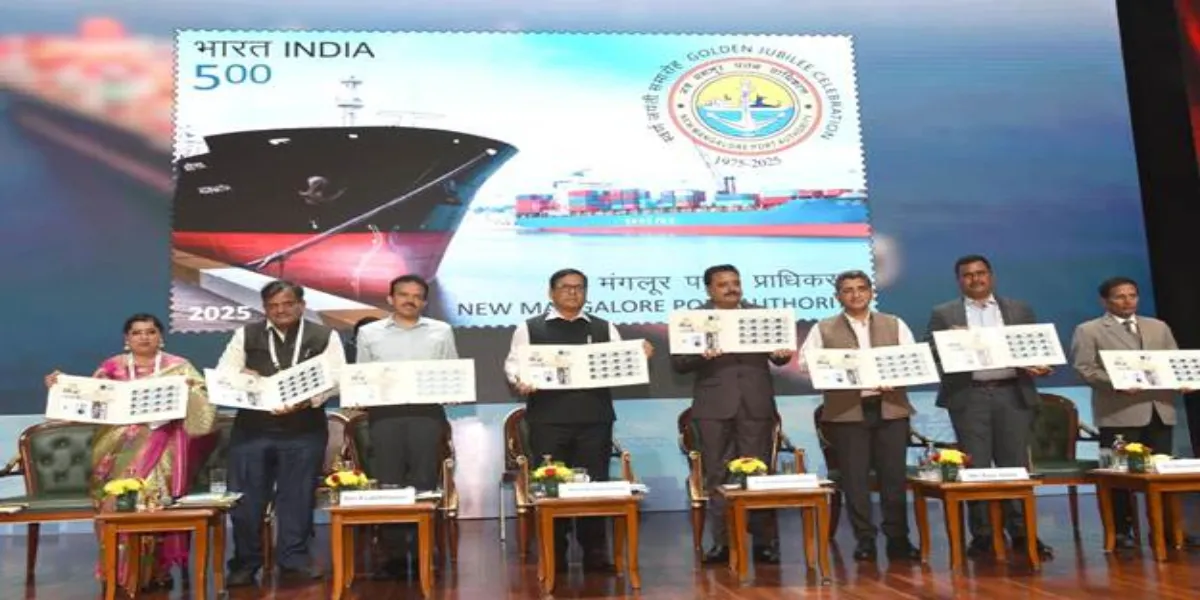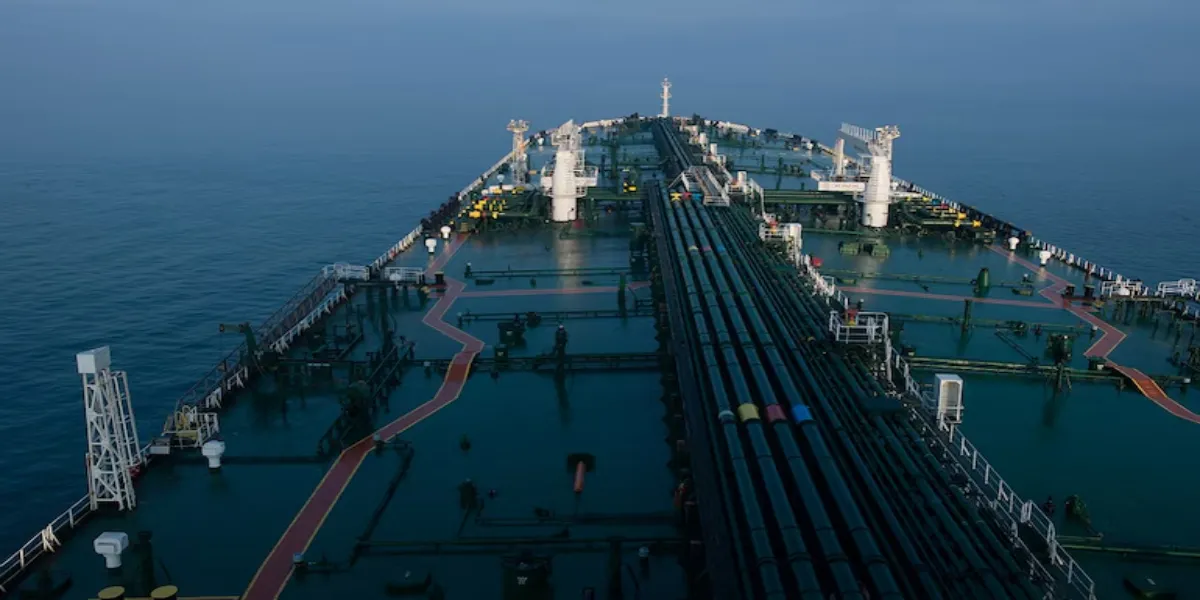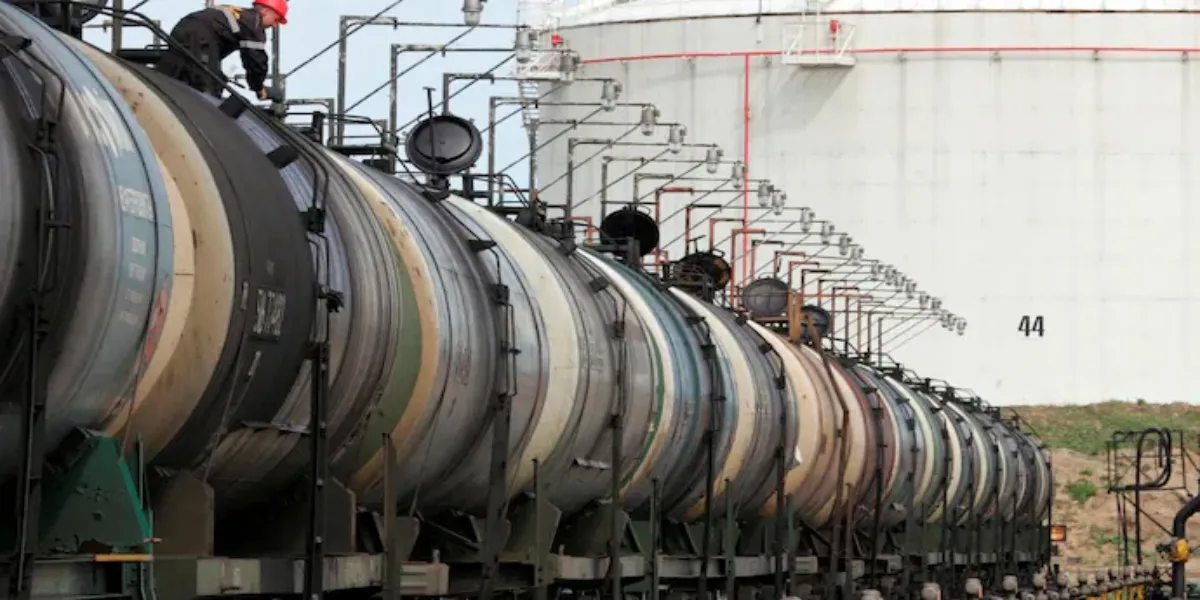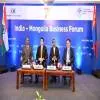Photo courtesy: L&T
The migration of labour workforce and supply chain disruptions affected a large number of infra projects.
When CW conducted our webinar on Roads to Recovery on April 21, speaking about construction works commencing at the time, Devendra Jain, Executive Director & CEO, Dilip Buildcon, told us then that at the time the company had been connecting with cement and steel industries, but their manufacturers did not have drivers and hence were unable to supply these materials. “Transportation is a major factor; and the supply chain now is the biggest problem. For cement, we do not keep an inventory for more than 15 days and for steel of more than 20-25 days. So here, the supply chain remains the main challenge. Another challenge is the manpower and labour. The morale of the labourers is low and they would probably want to go to their villages once transportation picks up. After that we will be the monsoon season. So, we will have to see where the red zones are going to be.”
And commenting on the spike in the prices of cement, Sandeep Garg, Managing Director & CEO, Welspun Enterprises, had again pointed out to it being a matter of the supply chain. “There is a demand and supply gap. It is a matter of time. We will have to wait and see regarding the cement prices.”
CW once again connected with leading contractors to understand if the availability for materials such as cement and steel have regularised; if prices are in tandem; and disruptions in the supply chain affecting output, if any.
GR Infraprojects (GRIL) initially had to face a lot of difficulty as there were many scheduled activities that were suddenly halted. As Ratan Lal Kashyap, Senior Vice President-Procurement, GR Infraprojects, tells us, “Supply chain logistics were stuck at various stages; a few were billed and ready for dispatch; a few loaded and dispatched; a few got stuck enroute while others were stuck at district and state borders; and a few reached the destination but could not be unloaded owing to the fear of Coronavirus. Logistics was one of the biggest hindrances in the lockdown. Logistics because of the paucity of drivers were affected initially but now the supply chains are smoothened except in areas badly affected by COVID-19. They are almost back to normal but extra efforts are being made to align deliveries to project requirements.” He adds that cement availability was a problem across all geographical areas as manufacturing plants were completely shutdown during the lockdown period and that rates have spiked owing to high production cost and low demand. “The steel industry, though, was positive; availability was smooth and prices were regulated.”
Yogesh Kumar Jain, Managing Director, PNC Infratech, reveals that during May and early June, there was an acute paucity in the supply of cement and manufacturing items, and a consequent rise in their prices, “plausibly because of a demand-supply mismatch owing to suspension of production during the lockdown spell”. Though both supplies and the process are getting stabilised gradually, he believes it may take some more time for normalisation.
K Jalandhar Reddy, Executive Director, KNR Constructions, believes there is improvement in the movement of goods like steel and cement and that supply of these materials has improved to a greater extent with the Government lifting lockdown in a staggered manner. With regard to prices, he shares that prices of cement have increased from 25-40 per cent in different parts of the country while there is a slight reduction in steel prices. “We hope the supply chain movement will improve further.”
On the other hand, Tata Projects did not face any issues with regards to supply chains as “our supply lines have always been robust with adequate supplies,” says Himanshu Chaturvedi, Chief Strategy Officer, Tata Projects.
And for SN Subrahmanyan, CEO & Managing Director, L&T, disruptions in the supply chain are only to be expected with the entire country in a lockdown. “Supply of critical material like cement and steel is still not there but the situation is improving by the day and we hope things will almost be back to normal soon.” When asked if prices of these materials are in tandem, he responds that the prices have not fluctuated alarmingly: “We are confident this situation will not change significantly going forward.”
Also read:
How are construction cos managing operations at sites?
How are contractors working towards revival post-COVID?



















